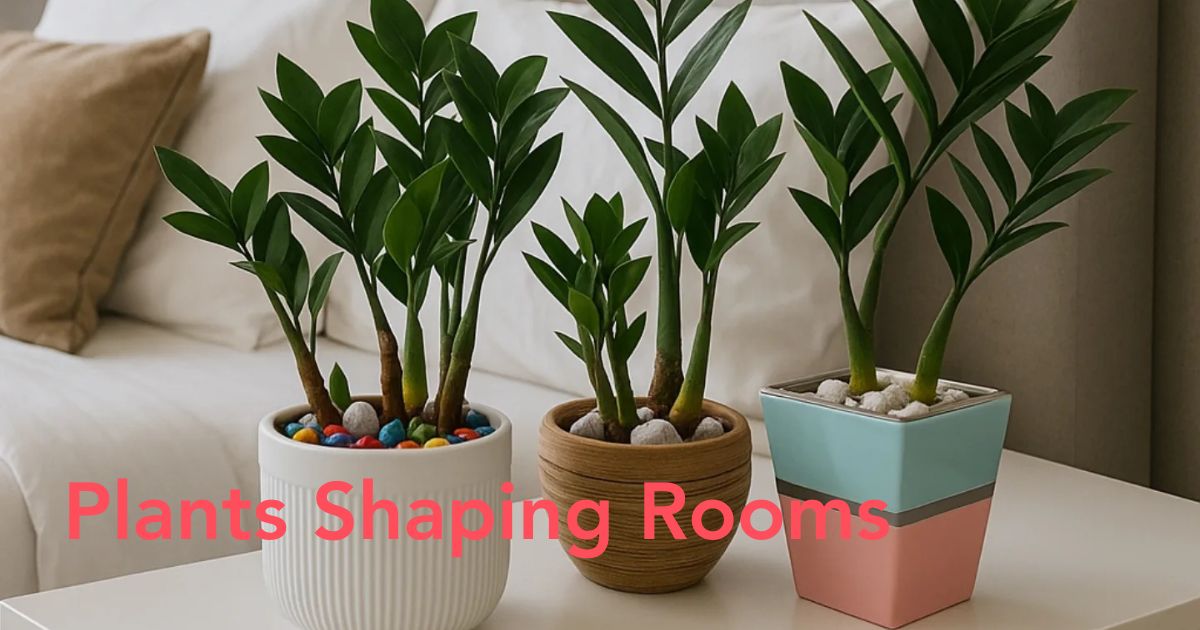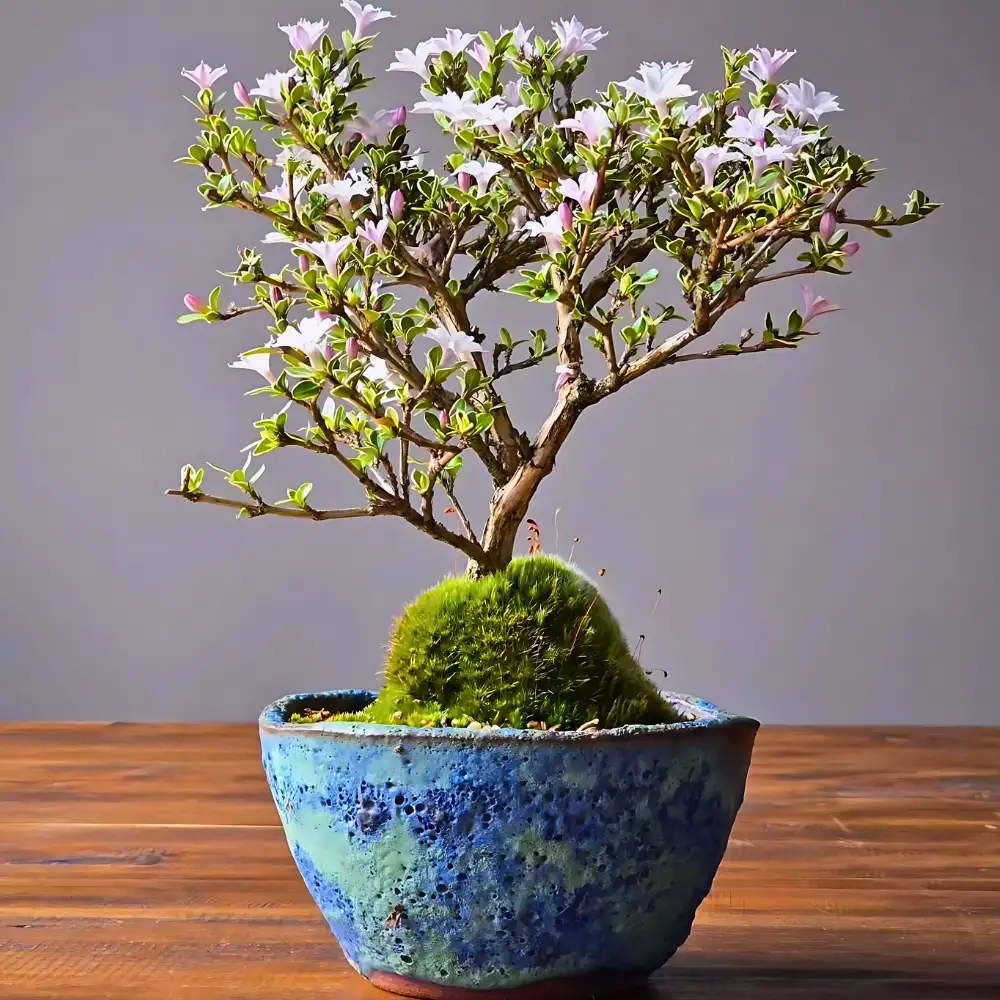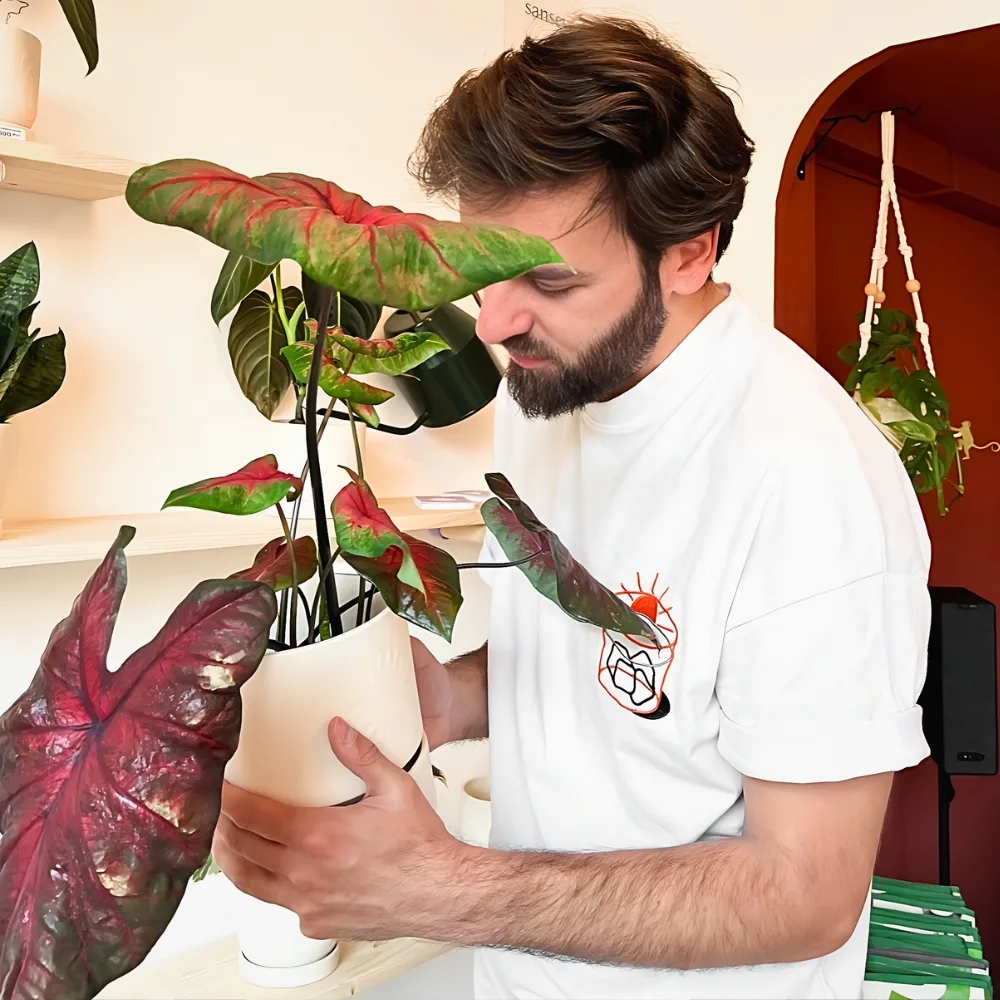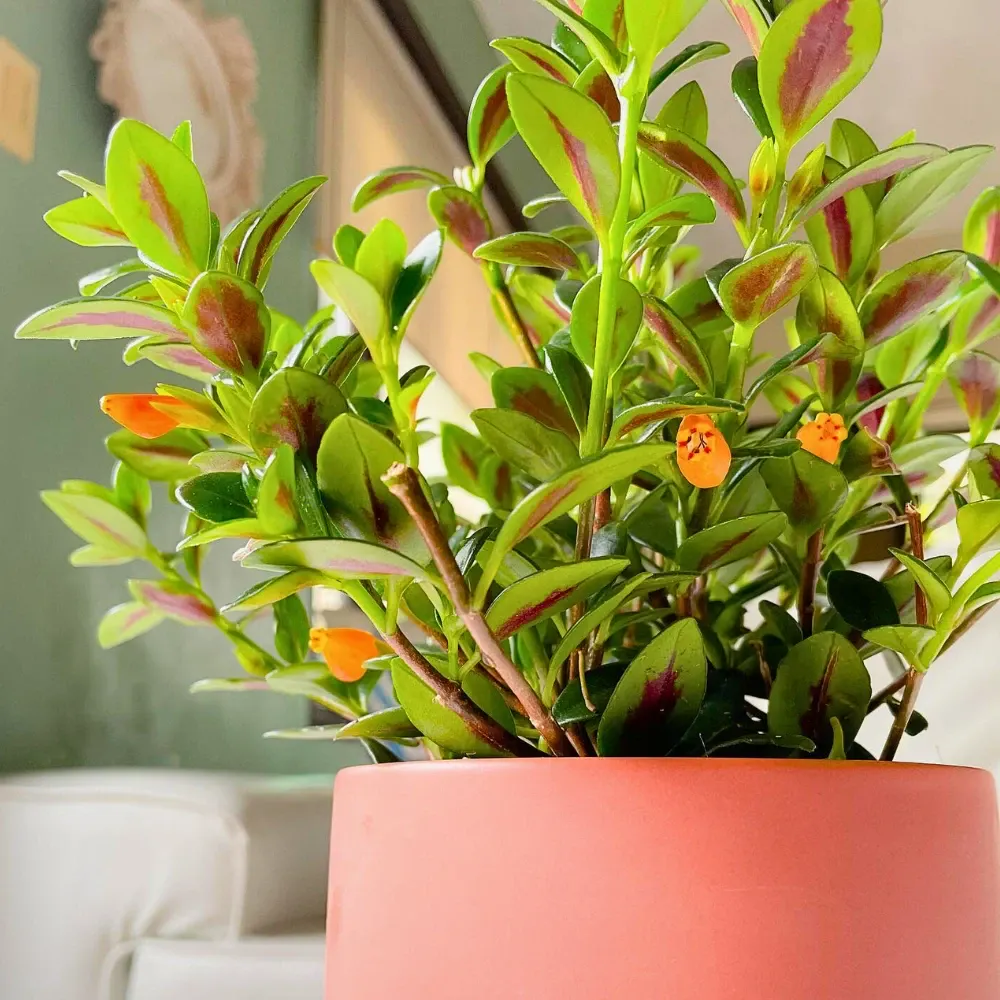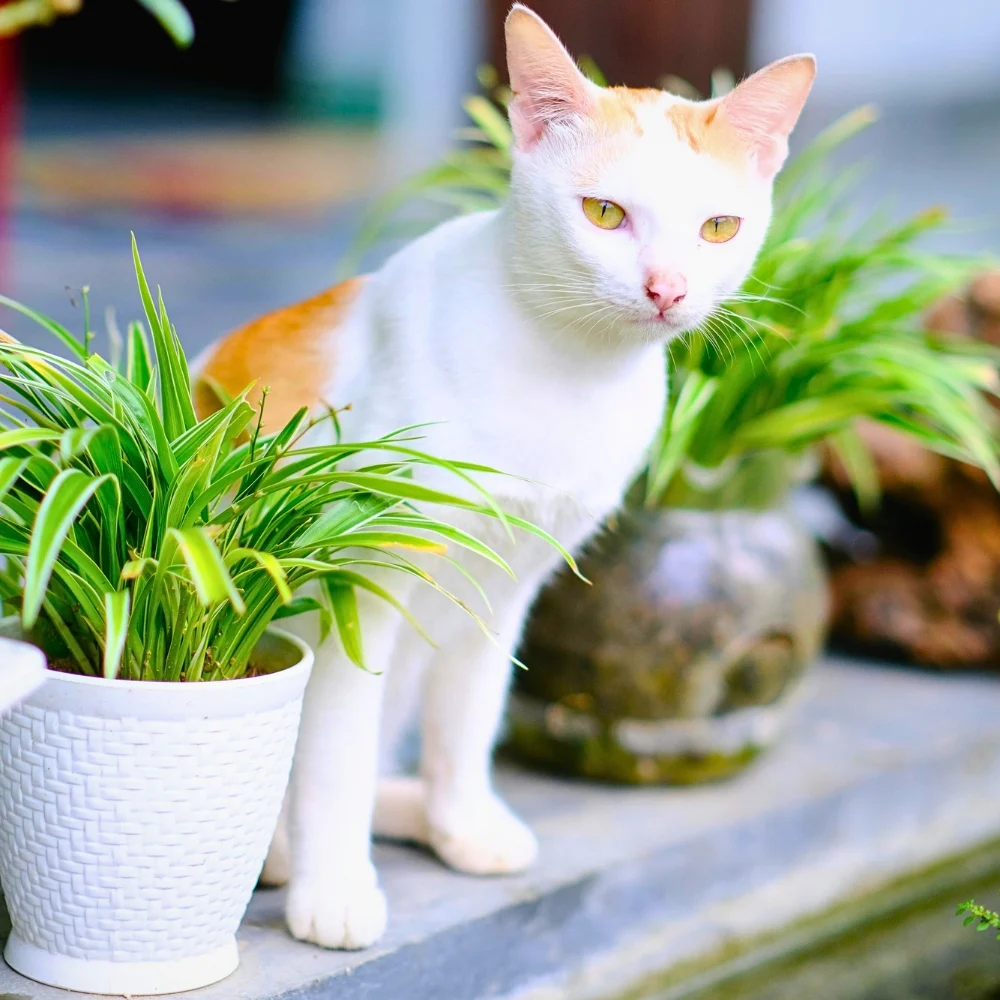Each year, certain plants and greens rise in popularity, helping people bring nature into their favorite indoor spaces. Filling homes and workspaces with greenery is increasingly relevant, not only because houseplants add visual value but also because they support well-being and improve indoor air quality.
As interest in indoor planting evolves, trending houseplants are increasingly shaped by lifestyle changes, space constraints, and a growing focus on sustainability. These shifts influence which plants become most popular houseplants, both among long-time plant lovers and those just starting their indoor plant journey.
Houseplant Trends to Watch as We Move Into 2026
Current houseplant trends show a strong preference for plants that can adapt to varying indoor conditions. Species such as Zamioculcas, Sansevieria, and Aloe Vera continue to perform well due to their low maintenance requirements and resilience across varying temperatures and light levels.

Urban living also plays a significant role in shaping houseplant trends. Smaller homes and apartments are driving demand for compact plants like succulents, Fittonia, and Pilea, which bring greenery into tight spaces without overwhelming them. At the same time, rare and exotic plants with distinctive foliage patterns and unusual forms remain highly desirable, appealing to collectors and casual plant enthusiasts alike. Overall, houseplant trends for 2026 are defined by adaptability, sustainability, and visual character, rather than novelty alone.
What Are Trending Houseplants Right Now?
If your fiddle leaf fig feels a little too familiar, or your Monstera has started to blend into the background, you are not alone. Many plant lovers are looking for new ways to refresh their interiors while still choosing plants that fit modern lifestyles.

Below is a carefully selected list of trending houseplants that reflect current houseplant trend news and ongoing demand. These plants are already gaining attention and are expected to remain among the most popular houseplants as we move into the year ahead.
1. Dracaena Janet Craig
Dracaena Janet Craig is an older variety that is having a comeback. It is known for its elegant, dark green leaves and air-purifying properties. It is a low-maintenance option that adds a touch of elegance to any room or indoor space.
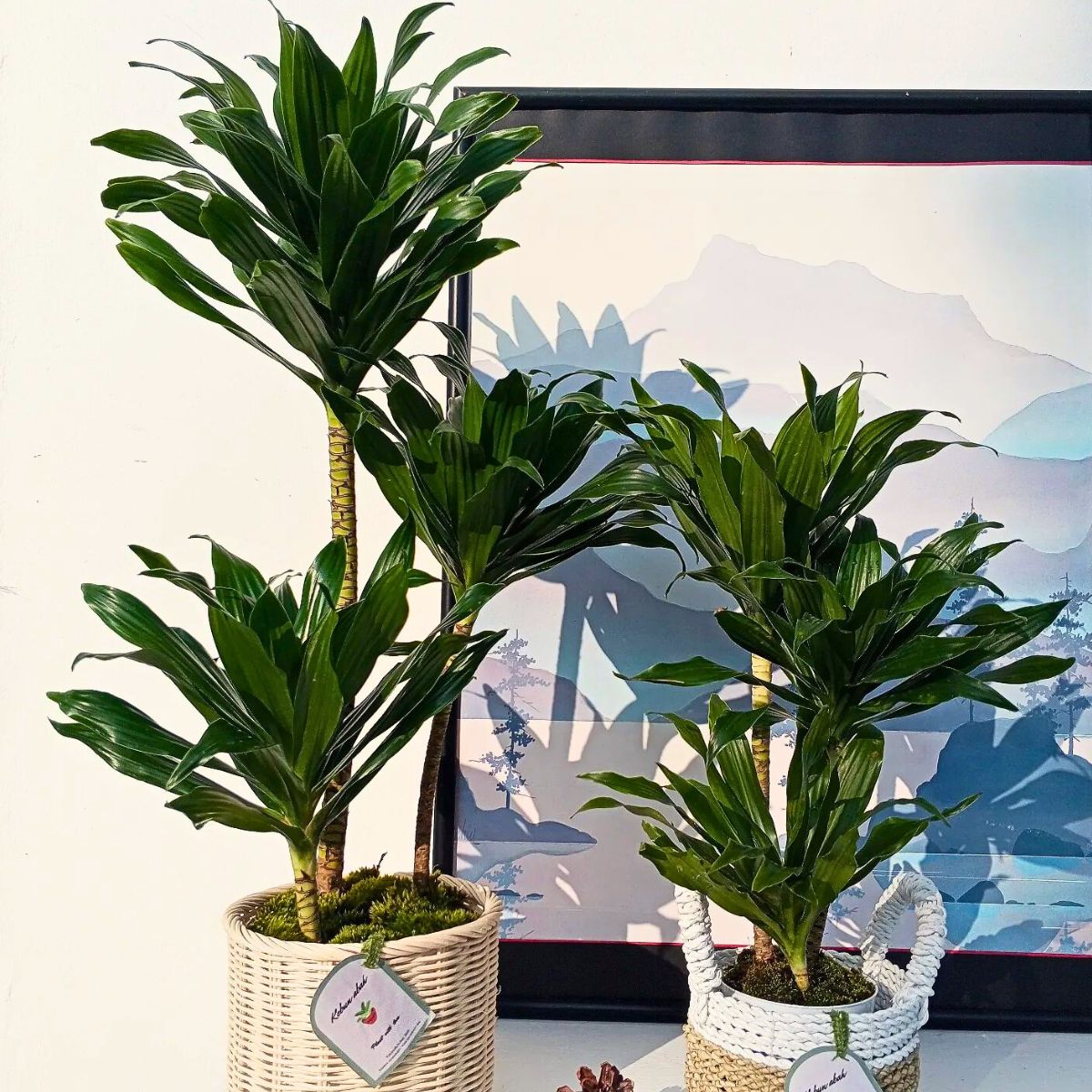
The plant is renowned for its air-purifying properties, removing harmful toxins such as formaldehyde, benzene, and trichloroethylene, making it an attractive choice for environmentally conscious consumers. Bloggers highlight Dracaena's versatility across aesthetic styles, from elegant and minimalist to bold and dramatic. Its dark green, glossy leaves and distinctive shape make it a statement piece in any interior design. Interestingly, Dracaena is considered lucky in Chinese culture, adding cultural appeal to its already impressive characteristics. These factors combine to make the Dracaena Janet Craig a top-trending houseplant for 2026, appealing to both plant enthusiasts and design-conscious individuals.
2. Bambino Fiddle Leaf Fig (Ficus Lyrata Bambino)
The Bambino Fiddle Leaf Fig, aka Dwarf Fiddle Leaf Fig, boasts glossy, compact leaves that will excite any fiddle leaf fig enthusiast.
This is a trending houseplant. Celebrated for its compact size, unique aesthetic, and low-maintenance care. Unlike its larger counterpart, the Bambino reaches a manageable height of just 1 meter, making it perfect for urban homes and smaller spaces. Its distinctive, perkier leaves are smaller, thicker, and rounder, creating a lush, bushy appearance that brings a tropical feel to any room. Ideal for plant enthusiasts of all levels, the Bambino thrives in bright, indirect light, requires minimal watering, and even purifies the air. This versatile plant works beautifully in corners, entryways, or as a statement piece, offering a stylish and practical way to achieve the popular "jungle" aesthetic indoors.
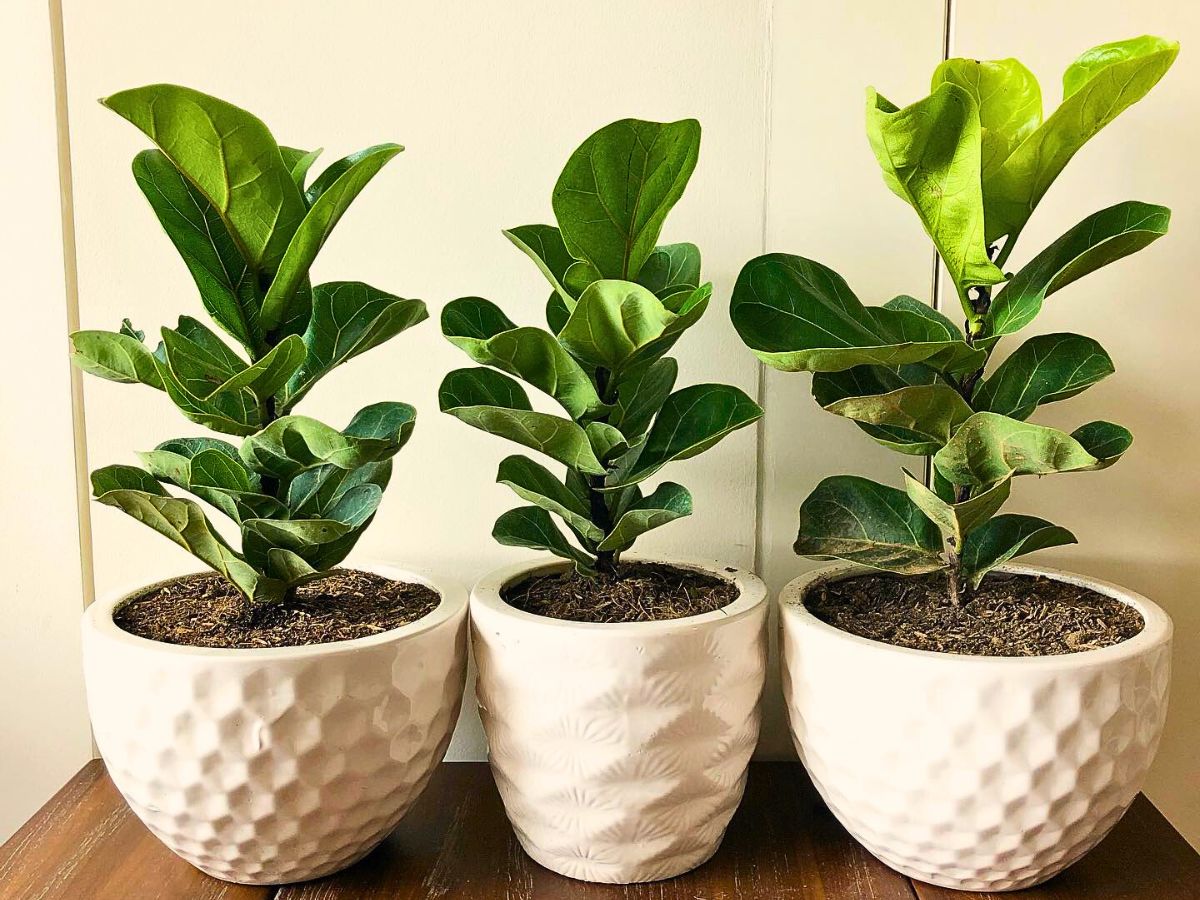
The Bambino Fiddle Leaf Fig prefers moist soil, not wet. Allow the top 5-7 cm (2-3 inches) of soil to dry before rewatering, and do not be alarmed if you notice hard-water marks as white residue on the leaves. This is simply the buildup of chemicals found in tap water. You may opt for filtered or distilled water.
3. White Bird of Paradise (Strelitzia Nicolai)
Native to subtropical South Africa, the White Bird of Paradise graces our spaces with glossy, long, broad leaves towering to great heights, playfully hanging like birds in flight. A royal plant, if there ever was one, received its scientific name, Strelitzia nicolai, from Her Highness Queen Charlotte of Mecklenburg-Strelitz of England, lover of botany and the arts. White Bird of Paradise grows best in spaces with bright, direct light, where sunlight streams in, and can also adapt to bright indirect light, where sunlight is diffused. Avoid placing it in low-light areas or areas without natural sunlight.
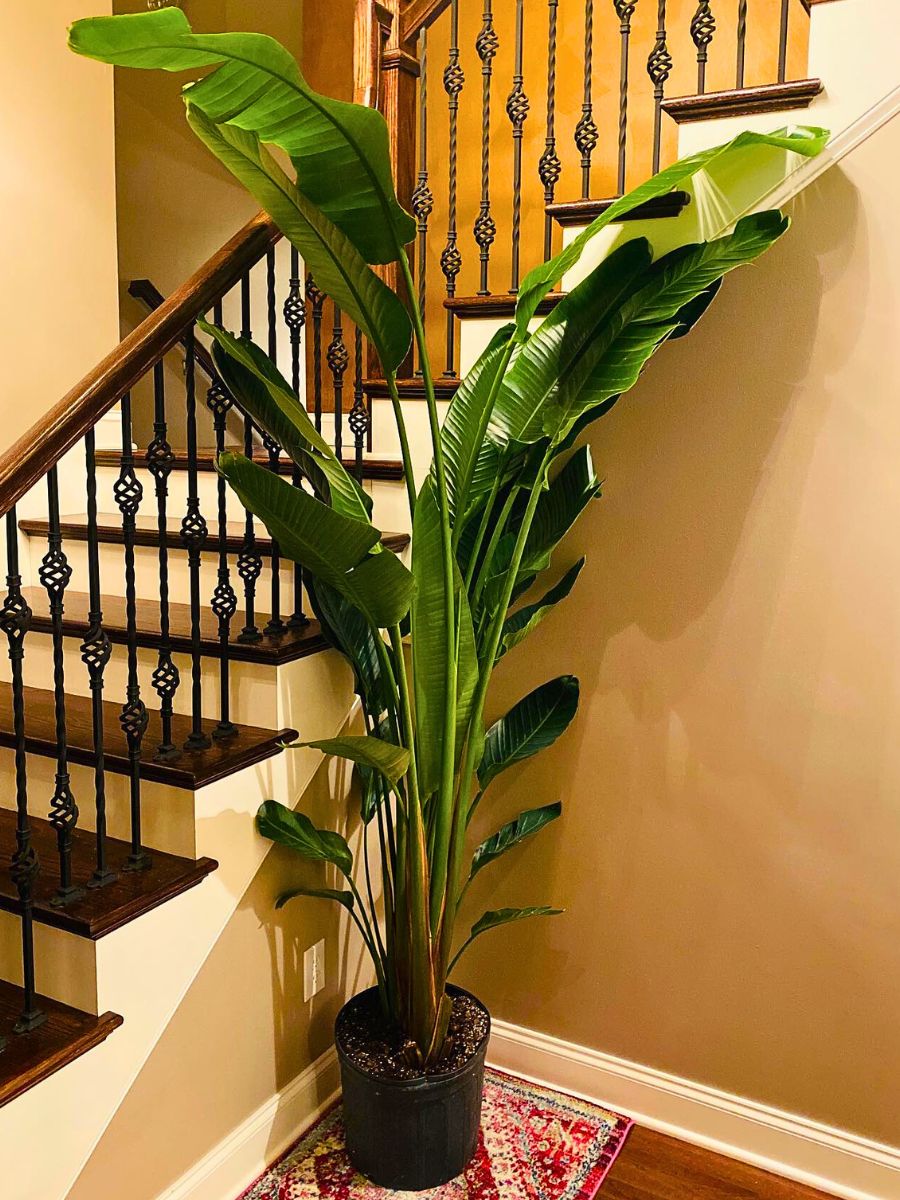
In your houseplants' first few days at home, you may notice one or two leaves turning yellow or dying; this is not cause for concern. Cut the leaves, and new, better-adjusted leaves will grow. As new leaves grow, older ones may turn yellow and die. This is a natural cycle of plants; old leaves die to make way for new, healthy growth.
4. Ficus Audrey (Ficus Benghalensis)
Ficus Audrey is India's national tree. In its natural habitat, the canopy can cover a large area and provide excellent shade in a warm climate. The Ficus Audrey, like most Ficus trees, prefers bright, indirect, or direct sunlight. This plant requires acclimation to long periods of direct sunlight and does not tolerate low light. Ideally, place Audrey directly in an eastern-facing window, or within a few feet of a southern- or western-facing window.
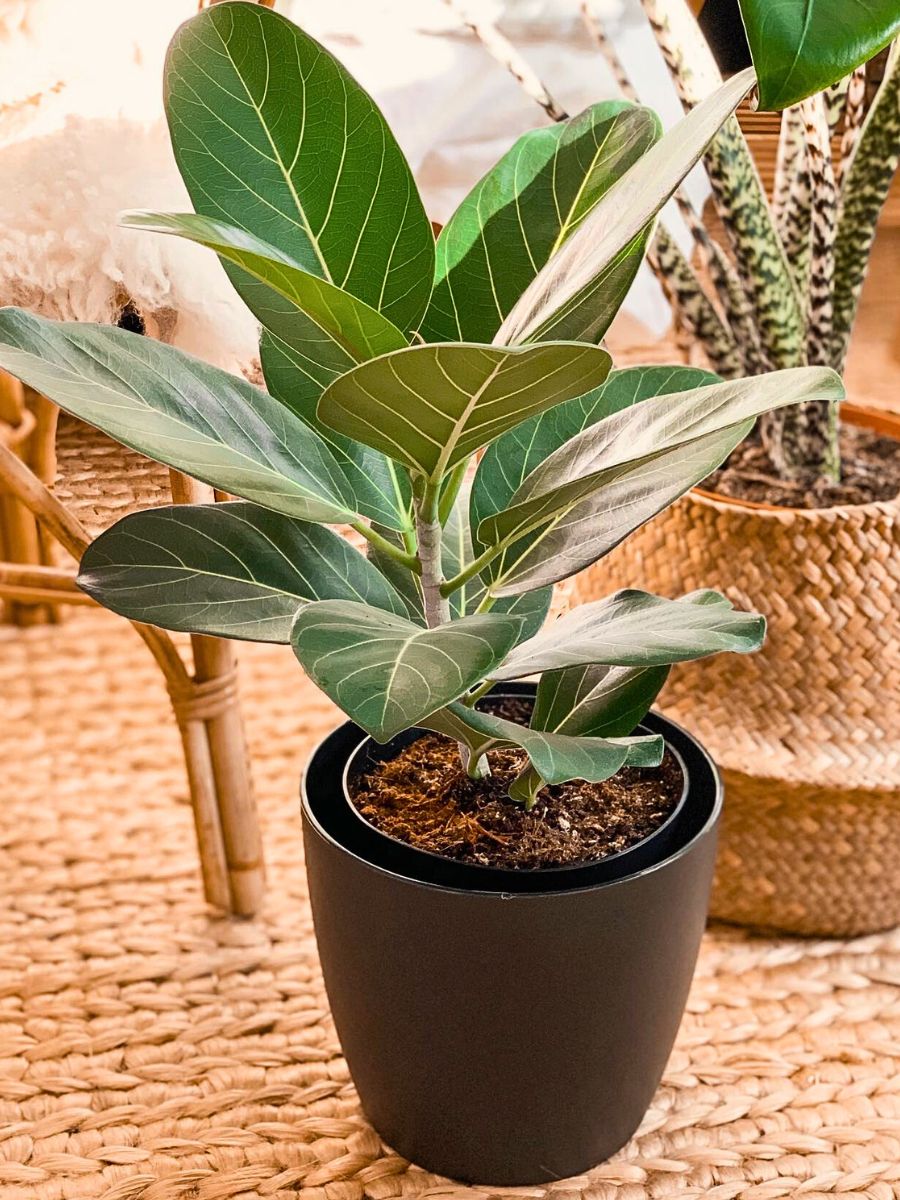
Photo by @plantastic_mr_fox
5. Swiss Cheese Plant (Monstera Deliciosa)
Years can go by, but one thing is sure: the Monstera Deliciosa houseplant will not be missing in the trend within houseplants. Also known as the Swiss Cheese Plant, this houseplant features unique, holey leaves and is easy to care for, adding visual interest to any space. It's an ideal choice for those wanting a touch of the tropics without the fuss.
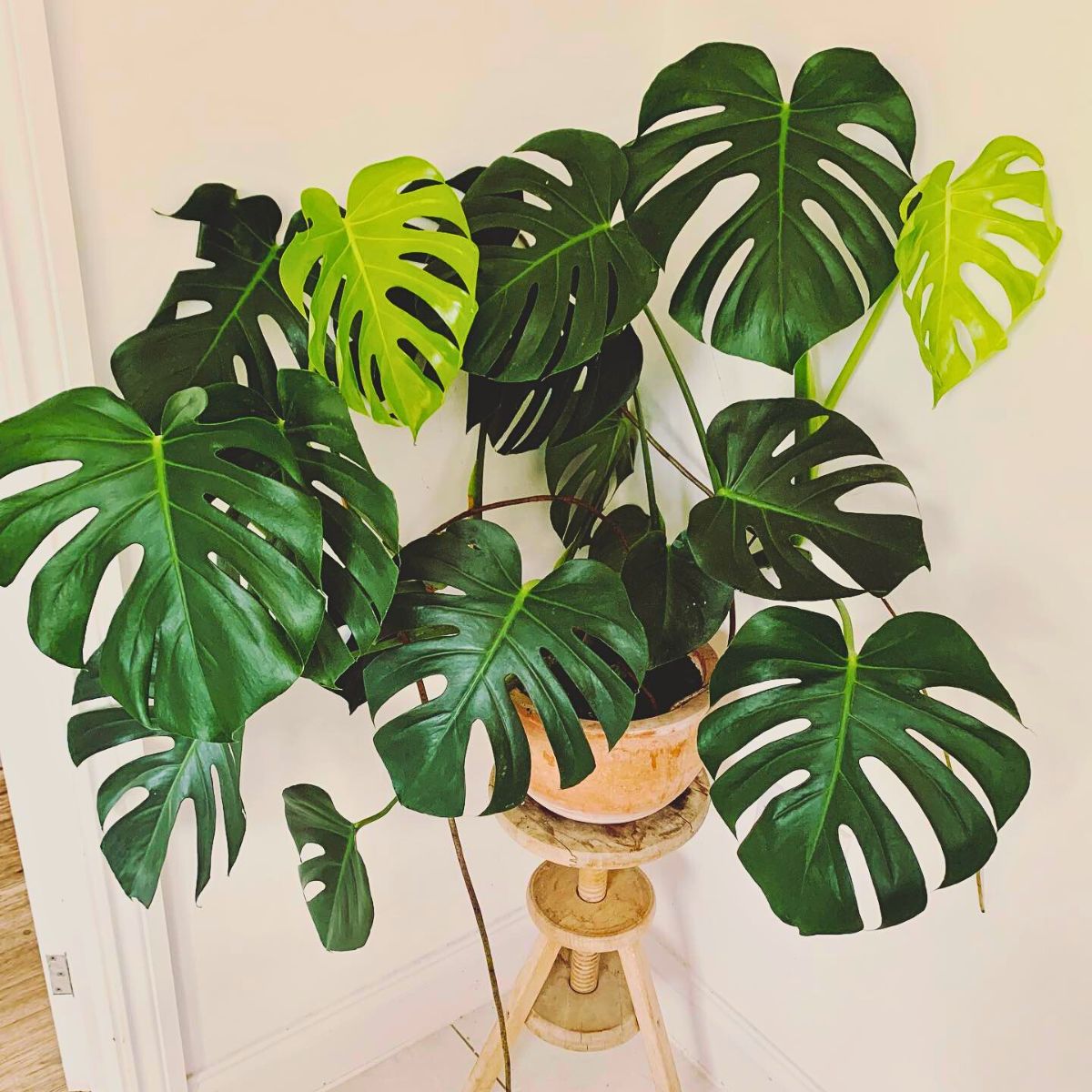
6. Jade Plant (Crassula Ovata)
The jade plant isn't just a plant; it's a symbol of luck and good fortune. Its compatibility with midcentury aesthetics makes it a stylish choice for home decorators. It's a popular houseplant with simple indoor care requirements and a very long lifespan of up to 70 years with the proper care. This plant is slow-growing, gaining only about 5 cm (2 inches) in height per year, but it can reach a height of 90-180 cm (3-6 ft).
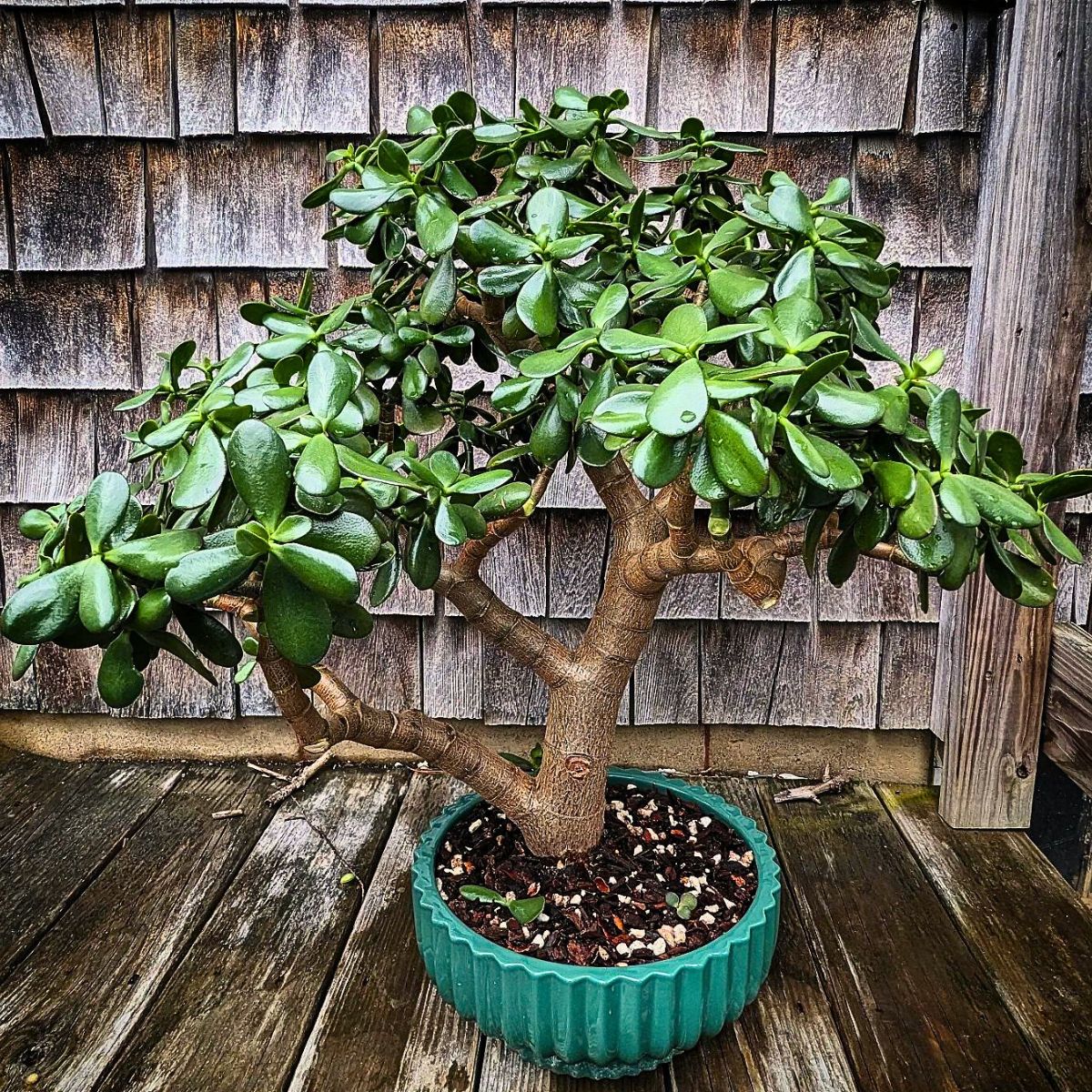
There's also a list of plants that'll give you good luck and fortune. Read more about them in the article about the Best 12 Plants That Give Good Luck and Fortune.
7. ZZ Plant (Zamioculcas Zamiifolia)
The Zamioculcas zamiifolia, also known as the ZZ Plant, is a tropical perennial native to Eastern Africa. It has grown in popularity around the world in recent years due to its ability to withstand a wide range of conditions, making it a highly dependable houseplant that can tolerate low light and requires little water. The ZZ, also known as the 'Zanzibar Gem', produces smooth, naturally shiny leaflets that range in color from bright lime in youth to emerald green in maturity. Individual leaflets are typically 2-7 cm (1-3 inches) long and emerge from thick, slightly bulbous stalks that originate from large, water-storing rhizomes hidden beneath the soil. When taken care of appropriately, it shines on its own.
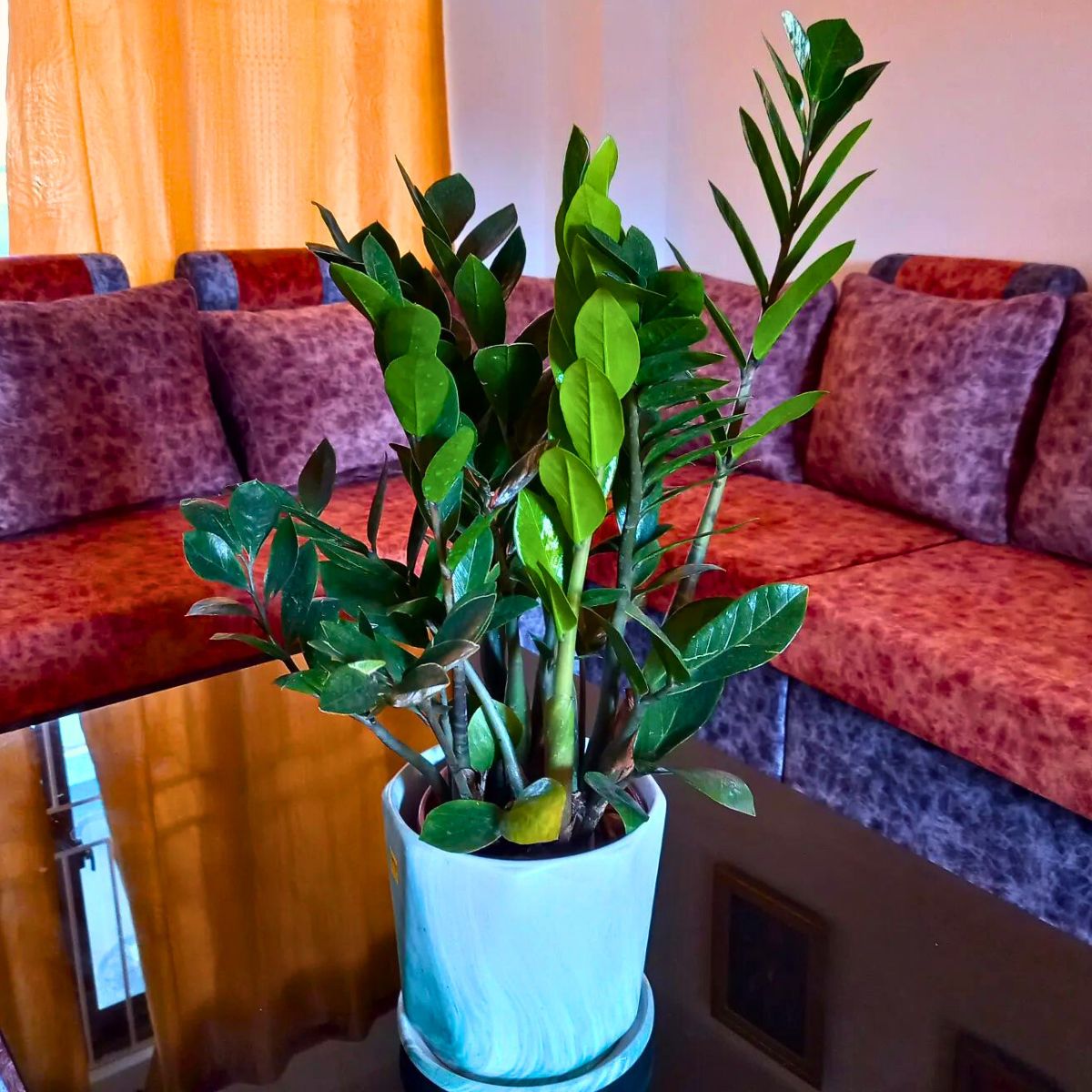
8. Alocasia Frydek Variegata
Another variegated plant you can expect to see trending is the gorgeous and elusive Variegated Alocasia Frydek. It's part of the Alocasia family, house plants that are very popular at the moment. Variegated plants are beautiful because each leaf is a surprise - you never know what type of variegated pattern you’ll get.
This plant is likely to appear on your favorite plantfluencer's page, as it is slightly rarer and more difficult to obtain than the other houseplants on this list. Alocasias, particularly the Variegated Alocasia Frydek, can be picky about their growing environment, making it a little more challenging to take care of for beginners, but if you're a real houseplant lover, you'll achieve it.

9. Monstera Esqueleto (Monstera Epipremnoides)
The impressive Monstera esqueleto is another Monstera species that Mercado predicts will dominate Instagram in 2026 and beyond. This stunning houseplant is distinguished by its large, fenestrated leaves and climbing growth habit. It looks very similar to the popular Monstera adansonii, but its leaves are much larger, reaching up to 90 cms (3 feet long) when mature. This is definitely one of the favorite houseplants so far this year!
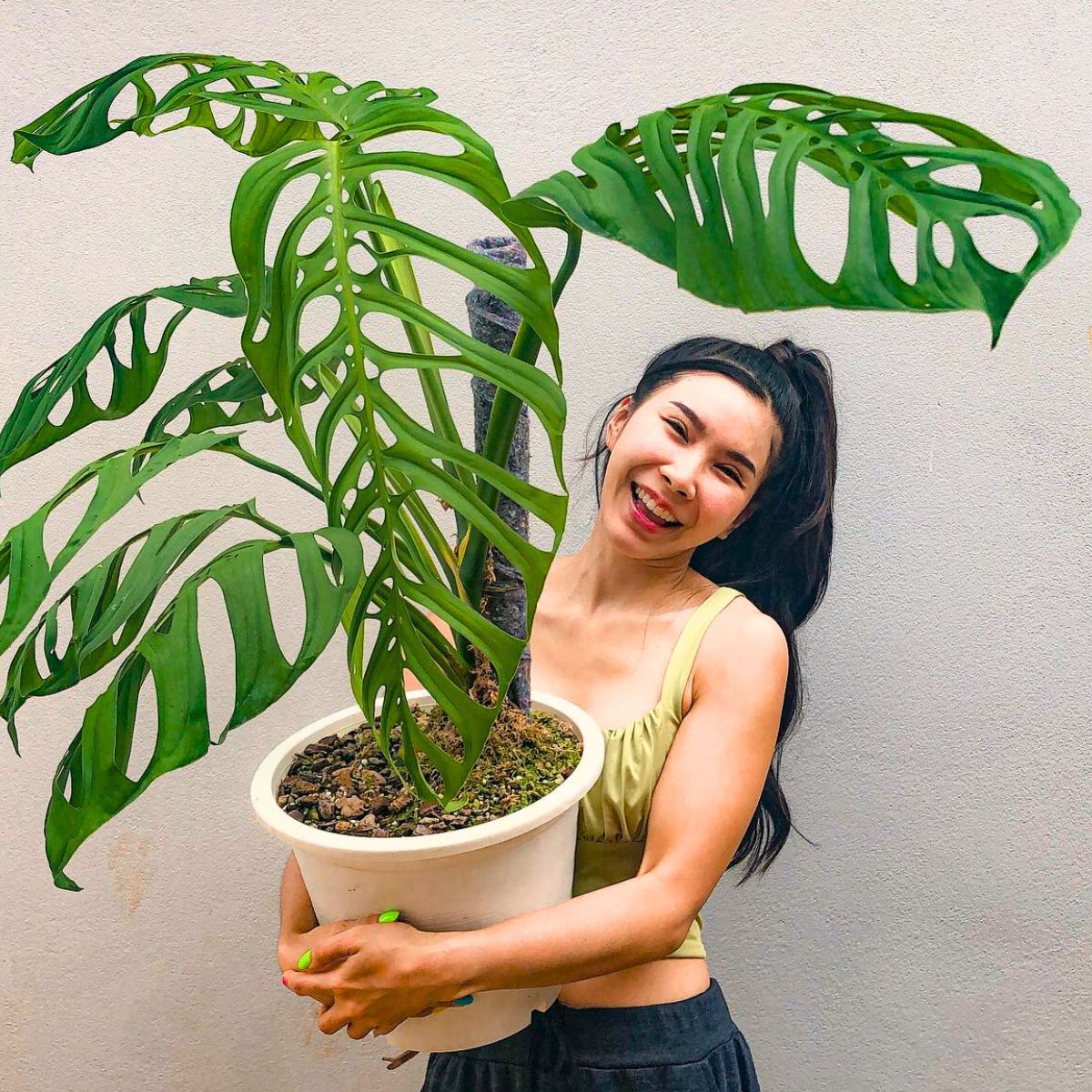
10. Satin Pothos (Scindapsus Pictus Exotica)
The Scindapsus pictus exotica, also known as satin pothos, is a trailing plant with thick leaves and striking silver variegation. It has a similar growth habit and care requirements to pothos, making it a popular choice for plant experts and beginners alike. Its gorgeous leaves, trailing growth habit, and ease of care will make it a popular plant in the year ahead. Style this beauty on a wall shelf or in a hanging planter to enjoy its long, trailing vines.
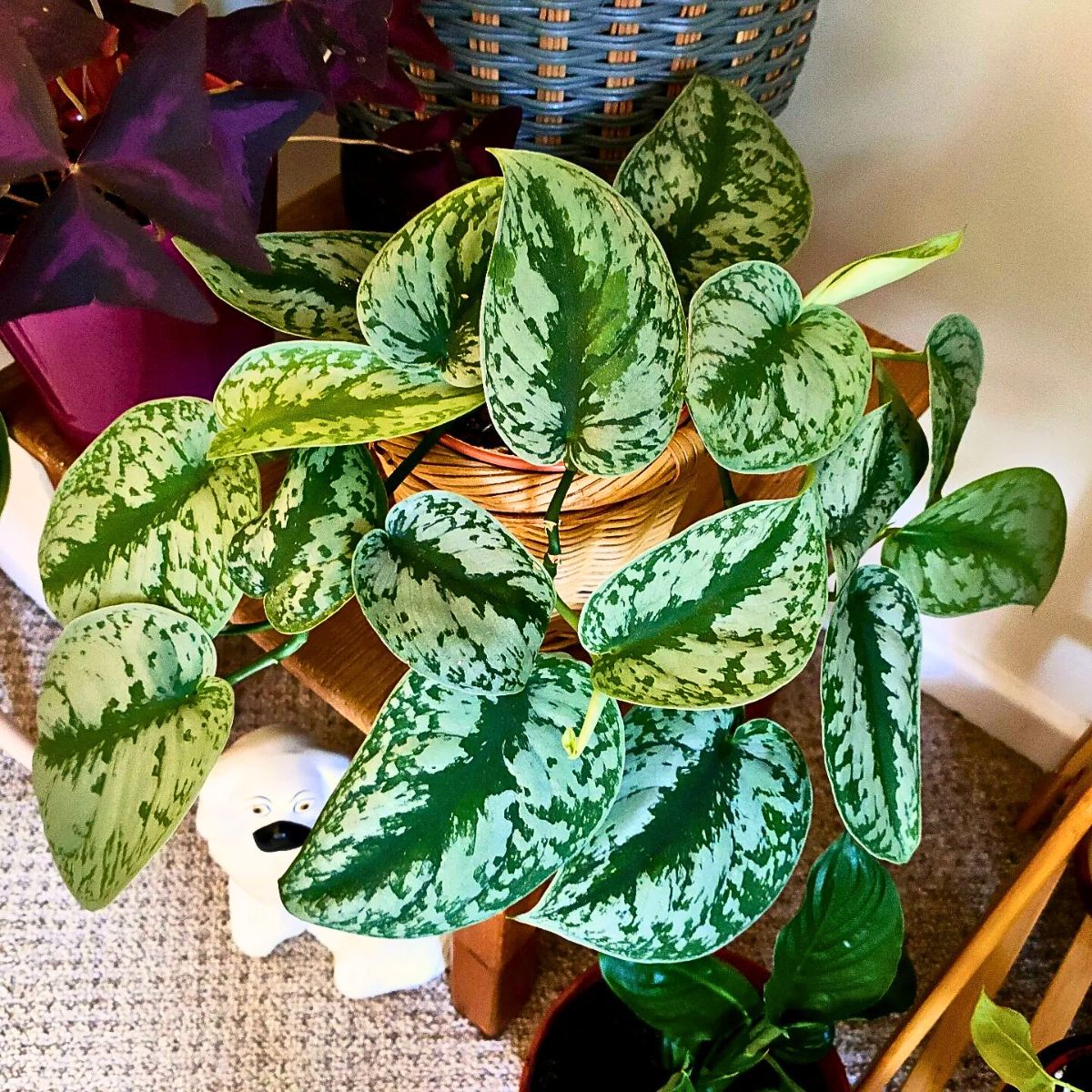
Who Is Responsible for Houseplant Trends?
A combination of growers, retailers, designers, and digital communities shapes houseplant trends. Social media visibility, interior design movements, and consumer preferences all play a role in determining which plants gain attention and remain in demand.

As these influences continue to evolve, trending houseplants are increasingly those that balance visual interest with adaptability and realistic care needs.
Looking Ahead at Houseplant Trends
The plants featured here are not only trending houseplants right now, but also reflect broader shifts in how people interact with indoor greenery. From compact plants suited to urban living to larger statement species, there are options for every type of space.

As we move further into 2026, houseplant trends will continue to be guided by practicality, availability, and personal connection. Choosing plants that fit both lifestyle and environment ensures they remain relevant long after trends shift.
Header image by @Zesterplants.

